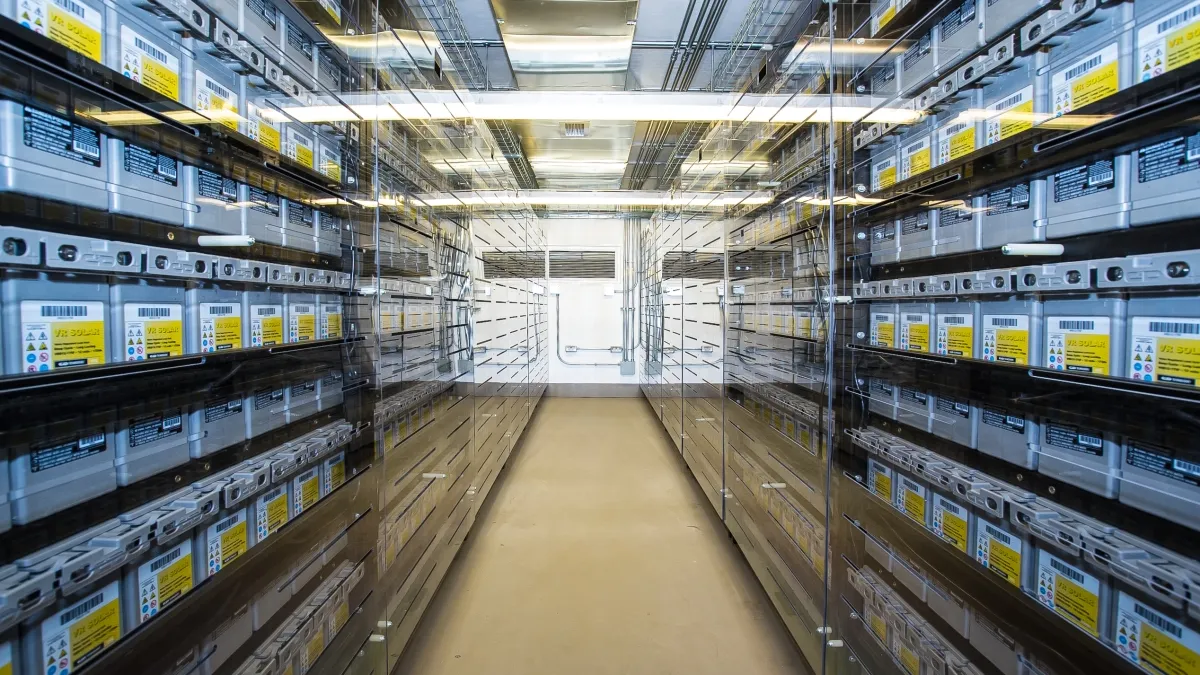Dive Brief:
- Switzerland-based ABB has rolled out a new energy storage solution for residential "prosumers" that offers modular capacity increases, a high-voltage battery for greater efficiency, and flexibility in how the system is installed.
- The systems, sized up to 12 kWh, utilize a high-voltage battery that ABB says delivers up to 10% more system efficiency.
- Residential grid-tied storage is growing significantly and several companies are developing systems. While residential storage has most traditionally been in the form of off-grid system, GTM Research says grid-tied system installations outpaced off-grid for the first time last year.
Dive Insight:
As residential energy storage becomes more common, system flexibility will be key to locking up not just new projects, but retrofits as well. ABB says its new system can be installed in different places in a system, allowing a variety of finished setups.
The new REACT 2 inverter and energy storage solution includes a high-voltage li-ion battery which can be installed in capacities of 4 kWh, 8 kWh and 12 kWh. The 200 v battery offers up to 10% more system efficiency "compared to lower voltage alternatives," said the company, such as 48 v.
Tarak Mehta, president of ABB's electrification products division, said the system can be installed on both AC and DC sides, which he claims "offers the perfect solution for new systems or the retrofitting of existing photovoltaic systems." ABB says the systems can offer backup power in an outage, though it's main function is reducing demand charges by smoothing the home's grid energy use.
The change in momentum, from off-grid residential storage to grid-tied, reflects rapid technology advances.
GTM's report last year estimated that in 2016, more than 4,400 residential battery systems were deployed representing 127 MWh, 86% of which were off-grid or grid-independent backup devices. However, by the end of last year, the firm anticipated grid-connected deployments to comprise 57% of the residential market.
By 2022, that number could climb to 99% according to the report, as off-grid and grid-independent backup deployments are expected to remain relatively flat.














